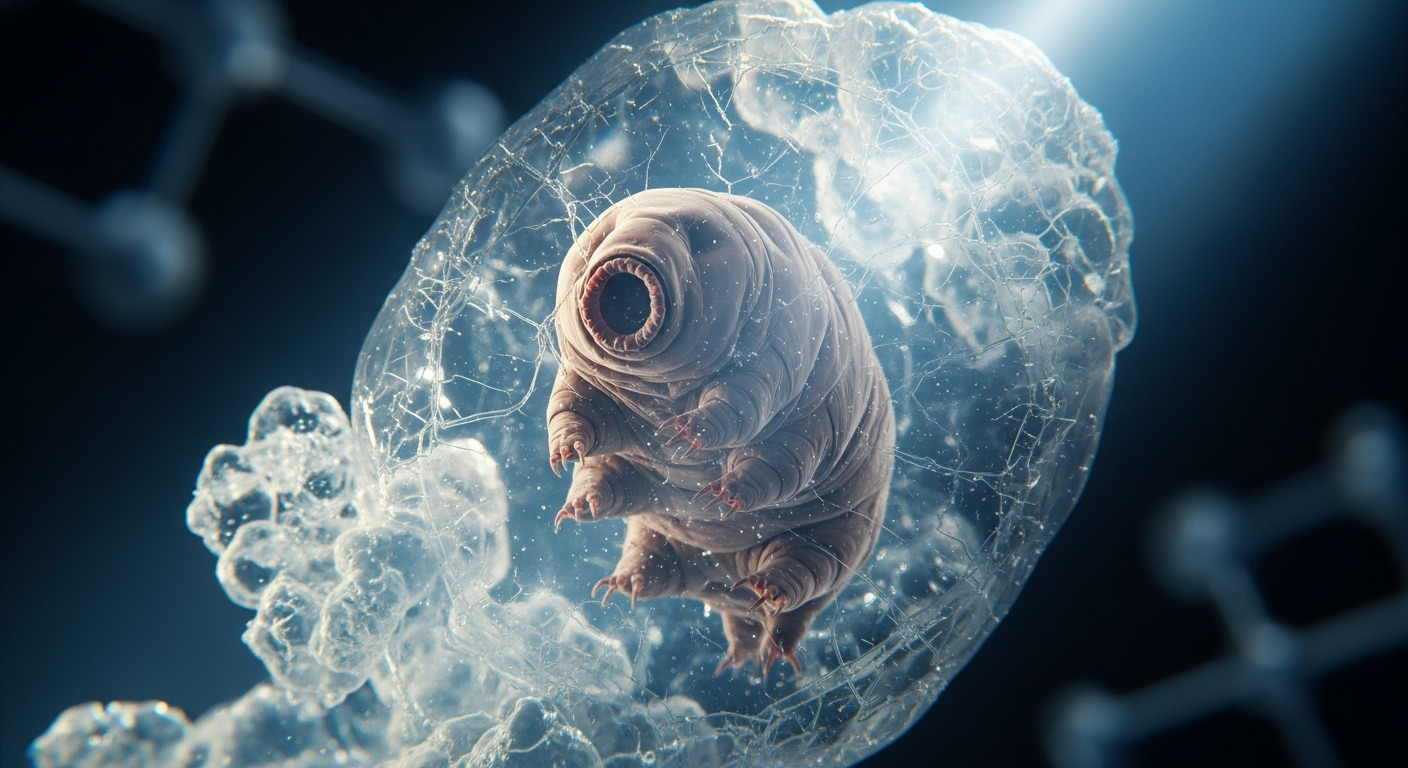Unraveling the Secret World of Tardigrade Pets
Imagine a pet that can survive the vacuum of space, endure extreme temperatures, and withstand radiation levels that would obliterate most life forms. Welcome to the fascinating realm of tardigrade pets, a burgeoning trend that's captivating micro-pet enthusiasts and scientists alike. These microscopic marvels, also known as water bears or moss piglets, are redefining the boundaries of pet ownership and challenging our understanding of life itself.

The Rise of Micro-Pet Enthusiasm
The fascination with tardigrades as pets stems from their extraordinary capabilities and mysterious nature. These tiny creatures, typically measuring less than a millimeter in length, have captured the imagination of scientists and the public alike. Their ability to enter a state of cryptobiosis, essentially suspending their metabolism in extreme conditions, has made them subjects of intense study and admiration.
Micro-pet enthusiasts have embraced tardigrades for their unique characteristics and low-maintenance care requirements. Unlike traditional pets, tardigrades don’t require daily feeding, regular exercise, or significant space. This makes them an attractive option for those living in small apartments or with busy lifestyles. The growing interest in tardigrade pets has led to the development of specialized care kits and viewing equipment, creating a niche market within the pet industry.
Caring for Your Microscopic Companions
Keeping tardigrades as pets requires a specific set of skills and equipment. These tiny creatures thrive in moist environments, often found in moss, lichen, or sediment from freshwater sources. Aspiring tardigrade owners typically start by collecting samples from their local environment or purchasing starter kits from specialized suppliers.
Maintaining a tardigrade habitat involves creating a miniature ecosystem within a petri dish or small container. This usually includes a substrate of moss or algae, along with a small amount of water. Regular monitoring under a microscope is necessary to observe the tardigrades and ensure their environment remains suitable. While they can survive extreme conditions, tardigrades prefer a stable environment for optimal health and reproduction.
The Scientific Value of Tardigrade Pet Ownership
Beyond their appeal as unusual pets, tardigrades offer significant value to the scientific community. Pet owners often find themselves contributing to citizen science projects, providing valuable data on tardigrade populations and behaviors. This symbiotic relationship between hobbyists and researchers has led to new discoveries and a deeper understanding of these remarkable creatures.
Scientists are particularly interested in tardigrades’ ability to withstand extreme conditions. Studies on their unique proteins and genes could potentially lead to breakthroughs in fields such as medicine, agriculture, and space exploration. As more people engage with tardigrades through pet ownership, the pool of available research subjects and data expands, accelerating scientific progress in this field.
Ethical Considerations and Conservation Efforts
As with any emerging trend in pet ownership, the keeping of tardigrades raises important ethical questions. While these microscopic animals are abundant in nature, concerns about over-collection and habitat disruption have been raised. Responsible enthusiasts and researchers emphasize the importance of sustainable collection practices and habitat preservation.
Conservation efforts for tardigrades focus on maintaining the delicate ecosystems where they naturally occur. This includes protecting moss-covered areas, maintaining water quality in freshwater habitats, and educating the public about the role of tardigrades in the broader ecosystem. Some organizations have begun establishing tardigrade sanctuaries, preserving natural habitats while allowing for controlled study and observation.
The Future of Tardigrade Pet Ownership
As interest in tardigrade pets continues to grow, the market for related products and services is expanding. Specialized microscopes, care kits, and even tardigrade-themed merchandise are becoming more readily available. Prices for starter kits typically range from $50 to $200, depending on the included equipment and live specimens.
Looking ahead, experts predict that tardigrade pet ownership could evolve into a more mainstream hobby. This could lead to advancements in micro-habitat technology, making it easier for enthusiasts to maintain and observe their tiny pets. Additionally, the increased attention on tardigrades may spark greater interest in microbiology and conservation among the general public, potentially inspiring a new generation of scientists and nature lovers.
In conclusion, the world of tardigrade pets offers a unique blend of scientific curiosity, conservation awareness, and unconventional pet ownership. As we continue to unravel the secrets of these remarkable creatures, their role in our lives – both as pets and as subjects of study – is likely to expand, challenging our perceptions of what it means to be a pet owner in the 21st century.





